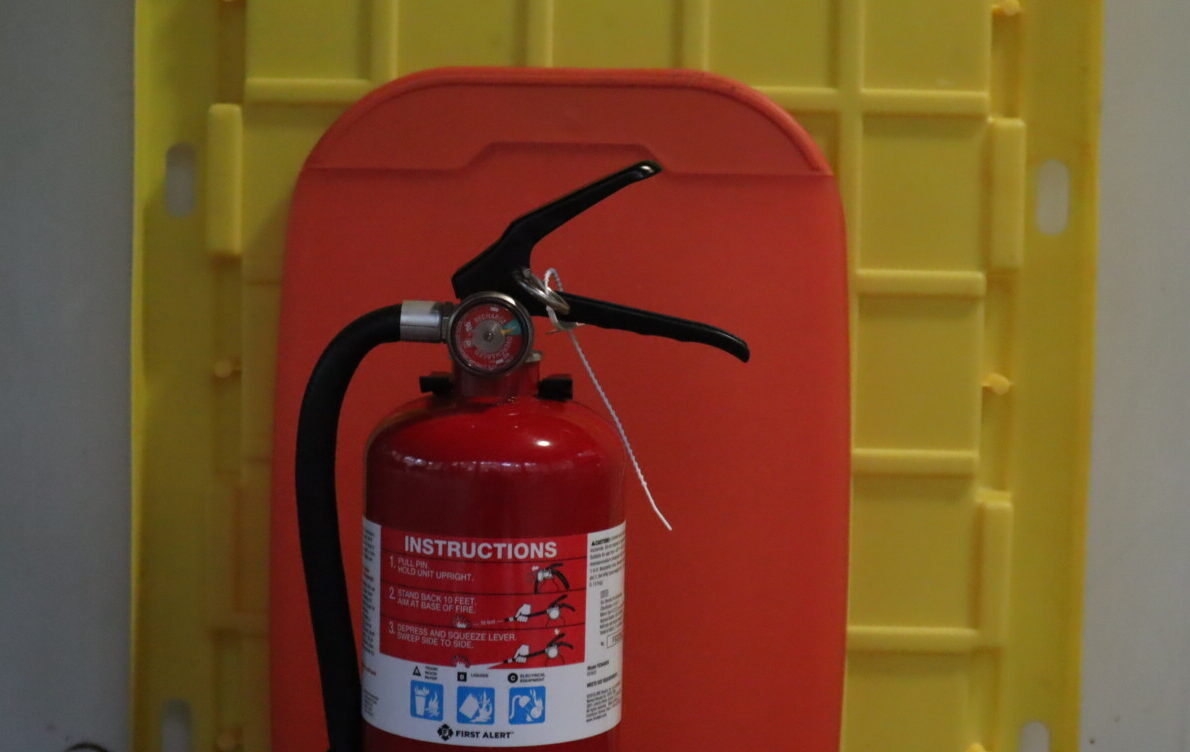Those of us who have decided to provide for our own personal defense need to know about situational awareness. The majority of the population can walk around in a daze, smelling the flowers and daydreaming about upcoming events, but we who carry must not abandon our senses.
| Condition White | Sleeping, Daydreaming, Watching TV |
| Condition Yellow | Aware of Surroundings |
| Condition Orange | On Alert |
| Condition Red | Alarm Phase |
Situational awareness can make the difference between a normal day and a disastrous event.
The Definition of Situational Awareness
Situational Awareness is paying attention to your surroundings. We all have a mental schema for each situation we encounter. When I go to a restaurant, I expect to stand in the entry until a server shows me to a seat. Then I will sit and peruse a menu until the waiter takes my order.
If I go to a restaurant with a seat-yourself atmosphere, I run a different track in my head for that situation. I have specific expectations for church, work, school and the shopping mall.
Situational awareness takes that expectation to a conscious level, and I look for variations on the theme that may signal a problem. This is why new situations cause us a little anxiety until we figure out how the new scenario will unfold.
An Example of Situational Awareness
The prime example of situational awareness in recent memory is Jack Wilson, a firearms instructor and church deacon who fought back when his congregation was targeted by an armed intruder on December 29, 2019 in White Settlement, TX.
The church’s security team quickly identified the intruder as a threat when he walked into the service wearing a fake beard. The assailant managed to kill two church members before Wilson had a clear shot. Wilson fired the shot and ended the threat before further harm could be done.
That service was disrupted and the congregation forever changed, but the death toll could have been much higher if the armed intruder had not met quick resistance. Gun-free zones are a natural target for killers because the chance of armed resistance is low.
Churches are gun-free except where the leader of the congregation has specifically granted permission to trained members to carry.
The latest trend is to have a team of armed members watching at the entrances, manning internal monitors, and keeping the flock safe without drawing attention to themselves.
Schools are another vulnerable target for those with murderous intent. The Columbine school shooting of 1999 shocked the world when 12 students and a teacher were murdered before police could secure the situation.
With the enemy ever prowling, we who have decided to defend ourselves against those with murderous intent must be alert for signs that something is amiss.
Jeff Cooper’s Color Code
Jeff Cooper, the father of the modern technique of the pistol, has promulgated four levels of situational awareness.
Condition White
In Condition White you are unaware of the situational around you. You are sleeping, daydreaming, or watching TV. A person with unsavory intent can slip into your surroundings and you will not have time to react to the threat. This is not a recommended state of mind for every day life.
When you need to be in Condition White, have a backup plan in place. We lock our doors at night and turn on the alarm system so that we can sleep with the assurance that a threat will be accompanied with enough noise to move us out of Condition White.
Condition Yellow
In Condition Yellow you are aware of your surroundings. You are driving to work, shopping, or having a normal conversation, but you will know when something changes in your environment. This is where you need to stay most of the time when you are practicing situational awareness.
You can have a comfortable life in Condition Yellow. You don’t have to keep your back to the wall at all times because you don’t sense a particular threat. You are running the usual scenario in your head for your current situation and no warning signs are alerting you to enter the next level.
When you are driving in normal traffic on a familiar road with good weather, you are in Condition Yellow. You can listen to the radio and look for your next exit while being alert for cars veering into your lane or a troubling sound in your engine.
Even in a placid parking lot in daylight hours you need to be on the lookout for reasons to advance to the next level when approached by a stranger looking for a handout or noticing a group of loiterers with no obvious reason to congregate.
Condition Orange
In Condition Orange you are on alert. You perceive a threat such as an approaching stranger. You are in the wrong area of town. You have to make a big decision. The boss has a big scowl on his face and your report in his hand.
When you drive in heavy traffic during a thunderstorm you switch to condition orange. Now you are not paying attention to the radio and you are closely watching for an opening to get into the next lane so you can find your exit.
You see flashing lights ahead and traffic slows. Your attention is on getting past the accident without becoming part of it.
You are interviewing for a new and exciting job opportunity. Every word you say could mean the difference between getting the job and staying where you are. Condition Orange keeps you focused on the task at hand.
You are likely to have an adrenaline surge in Condition Orange, with a higher heart rate and blood pressure as you prepare to meet a problem. We can go in and out of Condition Orange several times a day as we encounter challenges.
You can use situational awareness to leave a situation that has not yet escalated. When you walk through a sketchy neighborhood or an empty parking garage at night you know that trouble may be waiting around the next corner.
Condition Red
The final stage is Condition Red. This is the alarm phase. You are focused, reacting to an actual threat, but not necessarily using force. You could be escaping at this point.
Your adversary may brandish a weapon. This is where Jack Wilson found himself last December. In this situation you need to set a limit on what you will allow before you act.
Jack Wilson chose not to escape. He had the opportunity to stop the threat and he took it, saving the lives of the congregation members who did not possess the means to save themselves.
You are driving on a two line highway at night when you spot a herd of deer on the side of the road. Now you are on full alert because those deer are about to cross the road.
Your heart rate is high, your blood pressure is up, your mind is racing, and you have to make a decision now! You slam on the brakes and barely avoid hitting a deer. You are in Condition Red and your quick reaction has saved your car and perhaps your life.
Switching From one Condition to Another Quickly
Practicing situational awareness may someday keep you from staying in a situation that is about to escalate, or it may prompt you to take measures to calm the situation with nonthreatening words and action.
You wake up one morning in Condition White and head to the bathroom for your morning oblations. Life is good and you are up in time to get where you need to go today.
As you are brushing your teeth, you mentally prepare yourself for the day, organizing all the stops you have to make and thinking through the conversations you will have at work. You wake the kids and make the breakfast. Nothing is out of place and the routine proceeds in a comfortable Condition Yellow.
You pull into heavy rush hour traffic and notice a car weaving in and out of lanes at a higher speed than is safe for the situation. You slide into Condition Orange and give the unsafe driver a wide berth.
The driver ahead of you is not as alert and has to slam on his brakes when the unsafe driver cuts in front of him. The sound of crunching metal and squealing brakes tells you he did not brake in time. The extra space you allowed gives you the time to brake without hitting him.
You pull over quickly and assess the situation. The unsafe driver is injured and confused. You ramp up to Condition Red as you provide first aid and use your cell phone to summon help while less alert onlookers try to decide what to do.
In Condition Red, you are addressing a dangerous situation with quick, decisive action. First responders spend time in Condition Red when they deal with accidents, fires, and fights.
Don’t spend all your time in Condition Orange or Condition Red. Deal with the threat, assess the situation, summon help if needed, and return to Condition Yellow.
In order to limit your time in emergency situations, have a plan for dealing with unstable situations. Talk with your family about what you will do in a fire, a car accident, or an emergency evacuation.
Knowing how to respond to a threat will keep you safely alert in Condition Yellow most of the time. If you have already planned for a given thought, your mental processes will be ready for whatever you face.
Pay attention to your surroundings. The life you save may be your own.


